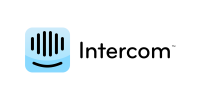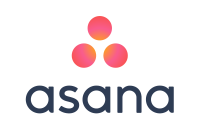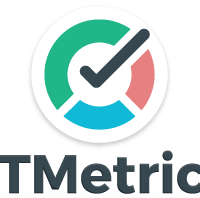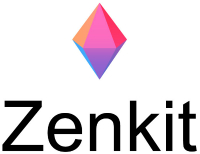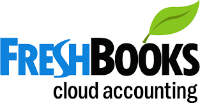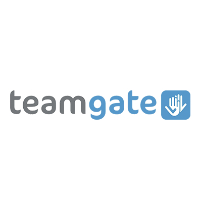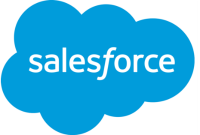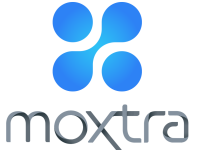
Trello is a visual project management tool that helps individuals and teams organize tasks, workflows, and projects using a board-and-card system inspired by the Kanban method. Launched in 2011 and now owned by Atlassian, Trello is widely used for its simplicity, flexibility, and user-friendly design. Users can create boards for projects, lists for workflow stages, and cards for specific tasks. Whether managing personal to-dos or enterprise-wide workflows, Trello provides a streamlined way to track progress, assign responsibilities, and improve collaboration. With both free and premium tiers, it scales easily from small teams to large organizations.
Key Features
-
Boards, Lists, and Cards
The core structure consists of boards (projects), lists (stages like To Do, Doing, Done), and cards (individual tasks). Cards can be customized with due dates, attachments, comments, labels, and checklists. -
Power-Ups and Integrations
Trello supports a variety of Power-Ups—add-ons that integrate third-party apps like Google Drive, Slack, Dropbox, Jira, and more. These allow enhanced functionality such as calendar views, voting systems, and automation. -
Butler Automation
Trello’s built-in automation tool “Butler” lets users automate repetitive tasks by setting rules, triggers, and custom commands. For example, moving a card to a “Done” list can automatically add a timestamp or notify team members. -
Multiple Views (Premium)
Paid plans offer advanced visualizations including Calendar, Timeline, Table, and Dashboard views to better manage and analyze workloads across boards. -
Templates and AI-Powered Features
Pre-built templates help users quickly set up boards for common workflows like sprint planning, content calendars, or event planning. In newer versions, AI suggestions assist with task creation and planning.
Use Case Highlights
-
Marketing Teams use Trello to plan content calendars, campaigns, and product launches with clear accountability and deadlines.
-
Software Developers manage sprints, backlogs, and bug tracking in collaboration with tools like GitHub or Jira.
-
Design Studios track creative briefs, approvals, and revisions using Trello’s visual layout and feedback features.
-
Education professionals use Trello to plan coursework, group projects, and class schedules collaboratively.
-
Remote Teams centralize communication and workflows, helping team members stay on the same page regardless of location or time zone.
Benefits
-
Visual Clarity
The drag-and-drop interface allows users to instantly understand project status and priorities. -
Flexibility
Trello works for a wide variety of tasks and industries—anything from personal task lists to enterprise-level collaboration. -
Scalable Pricing
From free users with basic needs to enterprises needing security and administration features, Trello offers flexible plans. -
Collaboration and Transparency
With shared boards, real-time updates, comments, and tagging, teams can easily communicate and stay aligned. -
Automation Reduces Repetition
Butler reduces the time spent on routine updates, enabling teams to focus on meaningful work.
User Experience
Trello is celebrated for its clean interface and ease of use. New users can get started with minimal training, and the onboarding process includes helpful guides and templates. The interface is fast, responsive, and available across web, desktop, and mobile apps. Even with advanced features, the user experience remains non-intimidating, making it accessible to technical and non-technical users alike. Its modular design ensures that users can expand functionality only when needed, keeping the workspace uncluttered and efficient. Trello balances simplicity and power, making it a favorite tool for project management across the globe.








